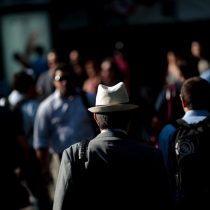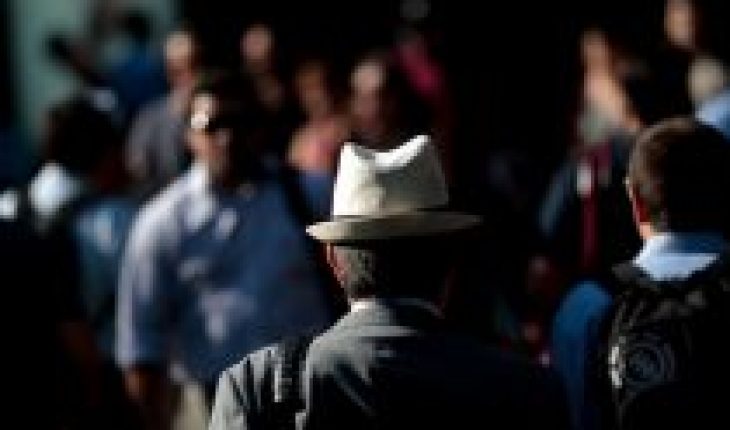
After the National Employment Survey (ENE) of the National Institute of Statistics (INE) revealed that in the last quarter (March-May) the country-level vacancy rate reached 11, 2%, the economist and academic of the Faculty of Economics and Business of the Universidad Santo Tomás, Alejandro Puente, estimated that unemployment rate would register 16.9% add to the occupied workers absent with the unemployed.
“It’s an approximation of what’s happening in the labor market, but in one sense (that of workers who say they’re looking for work in the reference week) underestimates the unemployment rate, and in another (assuming that suspended jobs don’t re-engage) overestimate it,” the academic explained.
With regard to the data provided by the survey, Alejandro Puente argued that “the unemployment rate data for the March-May quarter confirms my expectation that by this quarter we would have a double-digit rate. This is the first moving quarter (average of the last three months) in which employment data more fully consider the effect of the pandemic, even though for March it was lower than in the April and May cases.”
“In this sense, we should still have an increase in the unemployment rate as a result of the paralysis of activities due to the pandemic,” he added.
For the economist, this 11.2% “does not fully reflect what is happening in the labour market.”
“On the one hand there are workers who are strictly unemployed but are not registered as such because they did not look for work in the reference week because they had very little chance of getting it in the current context. On the other hand, workers who have been suspended from working and are most likely not to be re-engaged are also not considered unemployed,” he said.





